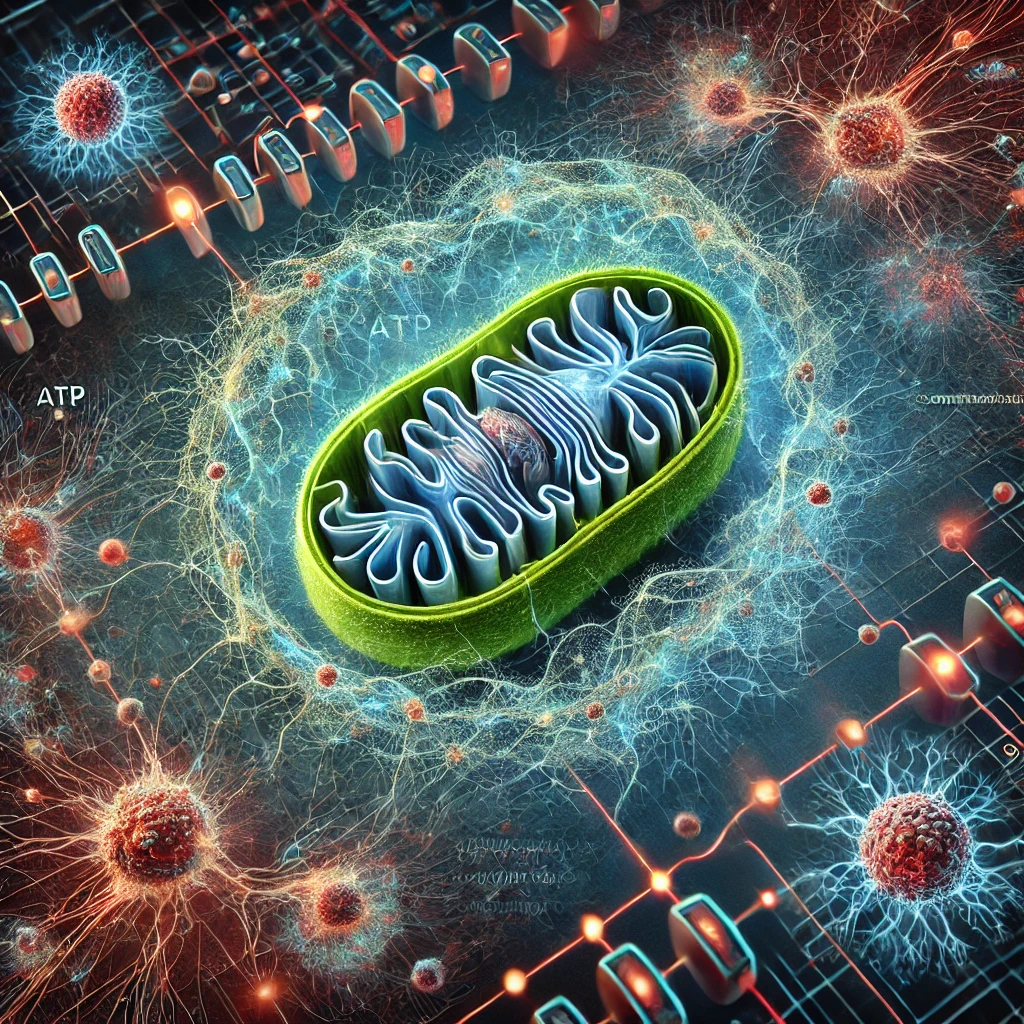The Hidden Layer of Bioelectric Control
Mitochondria, often recognized as the powerhouses of the cell, serve a far more complex and essential role: they are the bioelectric software engineers that program and maintain the software of life. Just as software engineers design and maintain the code that dictates how computers function, mitochondria manage the bioelectric signals that regulate cellular processes, ensuring that each cell operates in harmony with the organism’s overall objectives. This perspective offers a deeper understanding of how life is sustained at a multicellular level and how disruptions in this system can lead to diseases like cancer.
The Role of Mitochondria as Bioelectric Software Engineers
Mitochondria act as the bioelectric software engineers within the cellular system, where their primary function of energy production is integrated into a broader role of bioelectric regulation and signal processing.
- Bioelectric Programming: Mitochondria generate and manage bioelectric signals by controlling ion flows, maintaining membrane potentials, and producing the ATP necessary for cellular operations. This programming ensures that cells follow the “code” required for proper function, division, and interaction within tissues and organs.
- Executing Bioelectric Code: Much like software engineers write and execute code to achieve specific tasks, mitochondria process and implement bioelectric “commands” that guide cellular behavior. These commands include instructions for energy distribution, response to stress, and maintenance of cellular integrity, all of which are crucial for the organism’s survival and adaptation.
Ensuring Coherence in Multicellular Life
The bioelectric programming managed by mitochondria is vital for maintaining coherence across the organism. This coherence ensures that all cells work together towards the higher-level goals of the multicellular life form, such as growth, repair, and homeostasis.
- Higher-Level Biological Objectives: In a multicellular organism, the activities of individual cells must align with the organism’s overall goals. Mitochondria, through their role as bioelectric software engineers, ensure that cellular activities are coordinated and coherent, contributing to the organism’s health and functionality.
- Maintaining System Integrity: Just as software engineers troubleshoot and debug code to maintain the integrity of a system, mitochondria monitor and adjust bioelectric signals to ensure cellular processes remain aligned with the organism’s needs. Disruptions in mitochondrial function can lead to errors in this bioelectric code, causing cells to malfunction or deviate from their intended roles, as seen in diseases like cancer.
Cancer as a Breakdown in Bioelectric Programming
Viewing cancer through the lens of bioelectric programming reveals how disruptions in mitochondrial function can lead to a breakdown in cellular communication and coherence, resulting in disease.
- Disrupted Bioelectric Code: In cancer, the bioelectric signals that normally regulate cell growth and function become corrupted. Mitochondria, when compromised, fail to maintain the integrity of the bioelectric programming, leading to errors in cellular behavior. These errors manifest as uncontrolled cell proliferation, loss of differentiation, and the breakdown of tissue architecture.
- Reprogramming for Treatment: Recognizing mitochondria as bioelectric software engineers opens up innovative pathways for cancer treatment. By restoring or reprogramming the bioelectric code within cells, we can potentially reverse the aberrant behaviors that lead to tumor formation and growth. This approach could lead to therapies that target the root cause of cancer by correcting the bioelectric dysfunction at its source.
The Future of Bioelectric Medicine
The concept of mitochondria as bioelectric software engineers highlights their critical role in maintaining the coherence and functionality of multicellular life. By integrating energy production with sophisticated bioelectric programming, mitochondria ensure that cells operate according to the biological “code” that sustains life.
As research into bioelectric signals continues to advance, we are on the cusp of a paradigm shift in how we understand and treat diseases. By focusing on the bioelectric underpinnings of cellular behavior, we can develop therapies that not only address the symptoms of disease but also restore the foundational bioelectric programming that maintains health. This perspective represents a fundamental shift in biology and medicine, positioning mitochondria at the heart of this transformation as the bioelectric software engineers of life.








